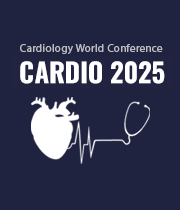Complications Of Cardiac Ablation
Cardiac ablation, a procedure designed to address heart rhythm disorders by disrupting abnormal electrical signals, is not without its set of potential complications. Among these, bleeding or infection at the catheter insertion site poses a common risk. Furthermore, there is a potential for damage to nearby blood vessels or nerves, heightening the possibility of complications such as blood clots or inadvertent injury to surrounding organs. In some instances, cardiac ablation might lead to the unintended consequence of creating new heart rhythm issues or exacerbating existing ones. While these complications are relatively common, more severe but rare outcomes may include damage to the heart's electrical system, necessitating the use of a pacemaker or implantable cardioverter-defibrillator (ICD). As with any medical intervention, patients should engage in thorough discussions with their healthcare providers to weigh the benefits against the potential risks and make informed decisions regarding cardiac ablation.


